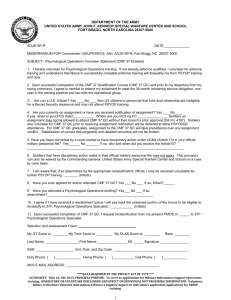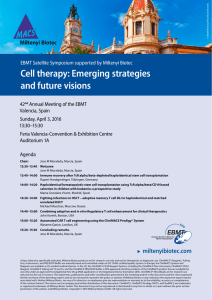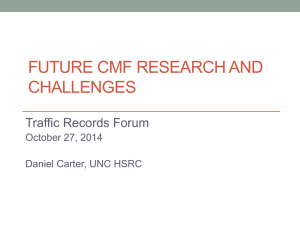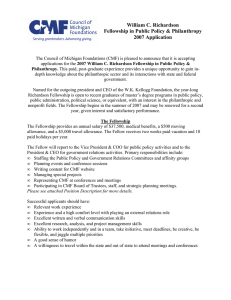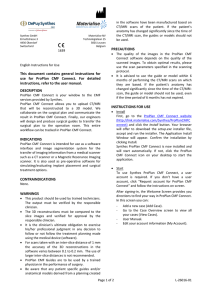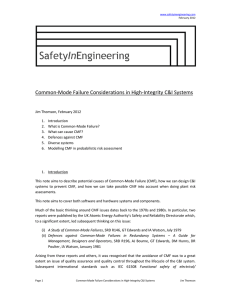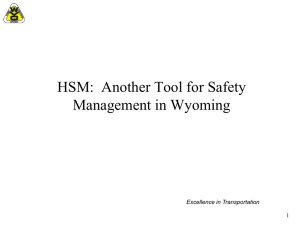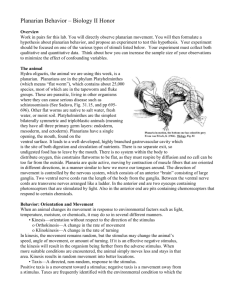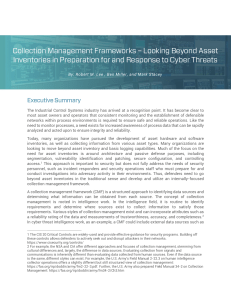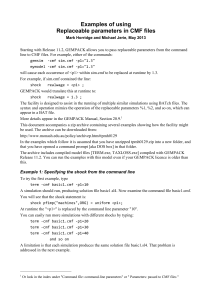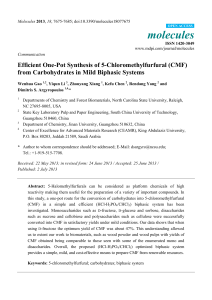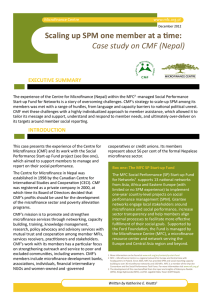file - BioMed Central
advertisement
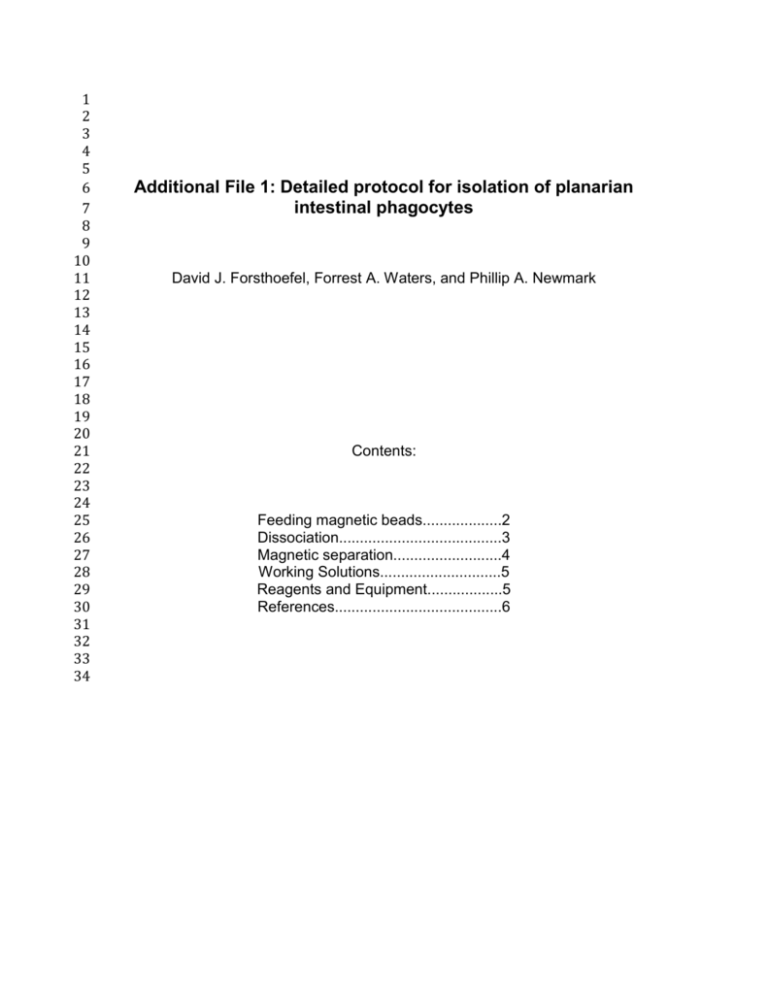
1 2 3 4 5 6 7 8 9 10 11 12 13 14 15 16 17 18 19 20 21 22 23 24 25 26 27 28 29 30 31 32 33 34 Additional File 1: Detailed protocol for isolation of planarian intestinal phagocytes David J. Forsthoefel, Forrest A. Waters, and Phillip A. Newmark Contents: Feeding magnetic beads...................2 Dissociation.......................................3 Magnetic separation..........................4 Working Solutions.............................5 Reagents and Equipment..................5 References........................................6 Forsthoefel DJ, Waters FA, and Newmark PA, 2014 35 36 37 38 39 40 41 42 43 44 45 46 47 48 49 50 51 52 53 54 55 56 57 Feeding Magnetic Beads 1. One day before feeding, transfer 50-100 large asexual planarians (>8 mm in length) to fresh salts with gentamicin at 50 μg/ml. Animals should be starved for 5-7 days prior to feeding. 2. Aliquot the following “soft-serve” mix in a microcentrifuge tube: 20 μl basic microbeads (Miltenyi) 176 μl liver homogenate (2:1 liver paste:ultra-pure water) 4 μl food coloring (Durkee) 3. Gently vortex to mix, then spin down (<2,000 x g for 5-10 sec). 4. Pipet into container of planarians. All animals will eat in 30-60 min. 5. Remove excess food and rinse animals thoroughly. Transfer to fresh salts with gentamicin in a clean container, and remove non-eating animals. 2 Forsthoefel DJ, Waters FA, and Newmark PA, 2014 58 59 60 61 62 63 64 65 66 67 68 69 70 71 72 73 74 75 76 77 78 79 80 81 82 83 84 85 86 87 88 89 90 91 92 93 94 95 96 97 Planarian Dissociation 1. 24 to 48 hr after animals were fed magnetic beads, rinse in fresh planarian salts and transfer to Petri dishes. 2. Rinse animals briefly in 10 ml CMF [1-3] and remove. 3. Cut each animal into 2-3 pieces; add 10 ml CMF and gently rock for 5 minutes. 4. Transfer fragments to 2-3 microcentrifuge tubes, remove CMF and replace with 500 μl CMF+Dispase. 5. Homogenize briefly with a small Kontes pestle, then pool homogenates in 15 ml polypropylene tubes in CMF+Dispase (10 ml total volume). 6. Gently rock, triturating every 5-10 minutes1. Dissociation is usually complete within 20-30 min at RT. 7. Filter through 160 μm nylon mesh2, centrifuge filtrate at 200 x g for 5 min, and discard supernatant. 8. Gently resuspend cell pellet in 5-10 ml CMF; repeat step 7 with 53 μm and 30 μm meshes. 9. Resuspend final pellet in 2 ml of degassed CMF-E3. Notes: 1 Avoid bubbles and treat the cells as gently as possible throughout the dissociation. 2 Mesh is mounted in Swinnex-25 filter units (Millipore). 3 CMF-E is degassed by pulling a vacuum in a clean side-arm flask for 5-10 minutes. This step prevents bubble accumulation in the column during magnetic separation. 3 Forsthoefel DJ, Waters FA, and Newmark PA, 2014 98 99 100 101 102 103 104 105 106 107 108 109 110 111 112 113 114 115 116 117 118 119 120 121 122 123 124 125 126 127 128 129 Magnetic separation of intestinal phagocytes 1. Mount an LS column on a Miltenyi VarioMACS separator. 2. Equilibrate LS column by applying 3 ml degassed CMF-E and letting buffer run through. Discard effluent and change collection tube. 3. Resuspend filtered cell pellet (from up to 100 large asexual planarians) in 2 ml degassed CMF-E. 4. Apply cell suspension to equilibrated LS column. 5. Collect non-intestinal (non-bead-containing) cells that flow through. Wash column with 3 x 3 ml CMF-E, adding buffer each time column reservoir is empty, yielding a total of ~11 ml eluted cells. 6. Remove LS column from separator and mount on a ring stand/clamp assembly over a new collection tube. 7. Collect intestinal (bead-containing) cells with 3 x 3 ml CMF-E, allowing cells to elute from the column by gravity flow1. 8. Spin at 300 x g for 5 minutes to pellet cells for downstream applications. Note: 1 Do not use the plunger supplied with the column; this method of elution causes excessive disintegration of a significant portion of intestinal phagocytes. 4 Forsthoefel DJ, Waters FA, and Newmark PA, 2014 130 131 132 133 134 135 136 137 138 139 140 141 142 143 144 145 146 147 Working Solutions CMF: 15 mM HEPES pH 7.4; 400 mg/L NaH2PO4; 800 mg/L NaCl; 1200 mg/L KCl; NaHCO3; 240 mg/L D-glucose; 1% BSA CMF+Dispase: CMF with Dispase II/Neutral Protease (Gibco/Invitrogen) at 0.6 U/ml final activity. Small aliquots of 100X stock solution can be stored at 4°C for <1 week. CMF-E: CMF plus 0.5 mM EDTA Reagents and Equipment Description Manufacturer Catalog Number/ID Gentamicin Sulfate Basic Microbeads BSA Dispase II Swinnex-25 filter holders Nylon Mesh, 160 μm Nylon Mesh, 53 μm Nylon Mesh, 30 μm LS Columns "VarioMACS" magnet Gemini Bio-Products Miltenyi Biotec Sigma-Aldrich Gibco/Invitrogen Millipore Elko/Sefar Elko/Sefar Elko/Sefar Miltenyi Biotec Miltenyi Biotec 400-108 130-048-001 A3912 17105-041 SX0002500 03-160/53 03-53/30 03-30/18 130-042-401 130-090-282 148 149 5 Forsthoefel DJ, Waters FA, and Newmark PA, 2014 150 151 152 153 154 155 156 References for Additional File 1 1. Baguñà J: Estudios citotaxonómicos, ecológicos e histofisiología de la regulación morfogenética durante el crecimiento y la regeneración en la raza, asexuada de la planaria Dugesia mediterranea. PhD thesis, Universitat de Barcelona, Spain 1973. 157 158 159 2. Bueno D, Baguñà J, Romero R: Cell-, tissue-, and position-specific monoclonal antibodies against the planarian Dugesia (Girardia) tigrina. Histochem Cell Biol 1997, 107(2):139-149. 160 161 162 163 164 3. Reddien PW, Oviedo NJ, Jennings JR, Jenkin JC, Sánchez Alvarado A: SMEDWI-2 is a PIWI-like protein that regulates planarian stem cells. Science 2005, 310(5752):1327-1330. 6
